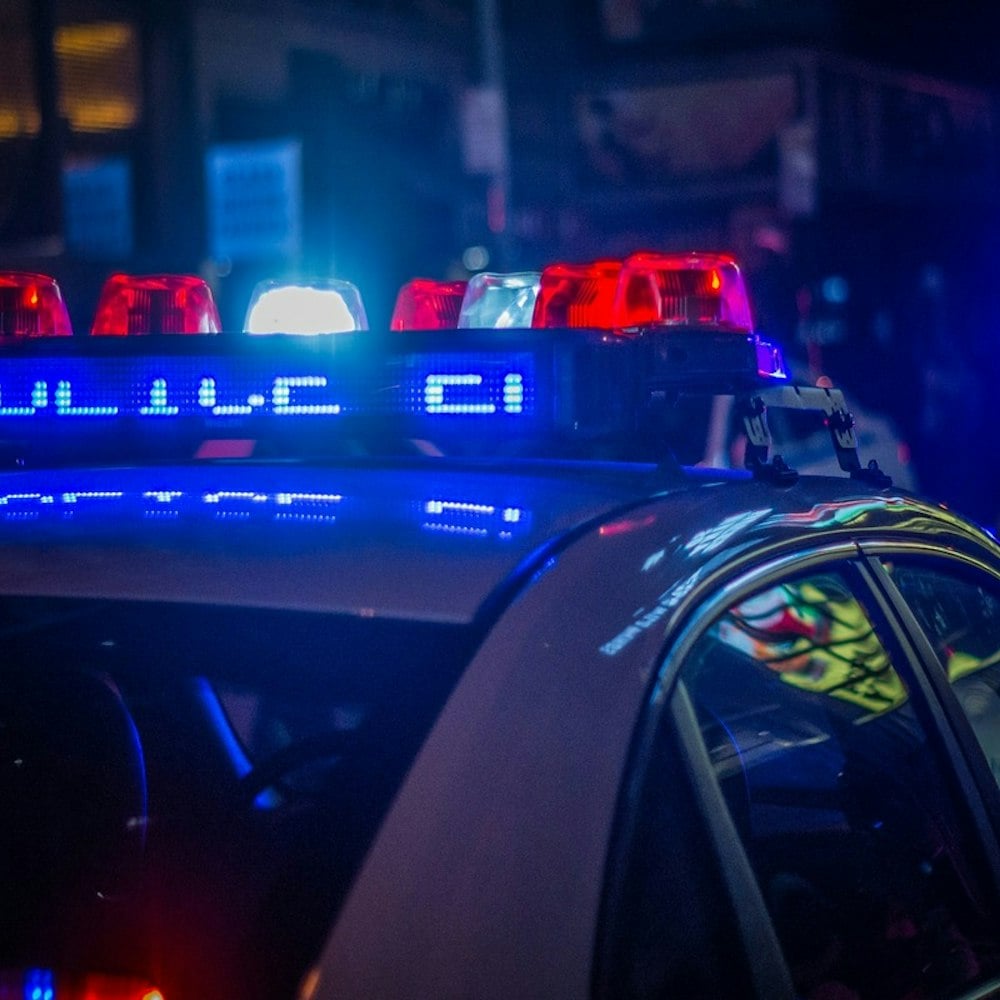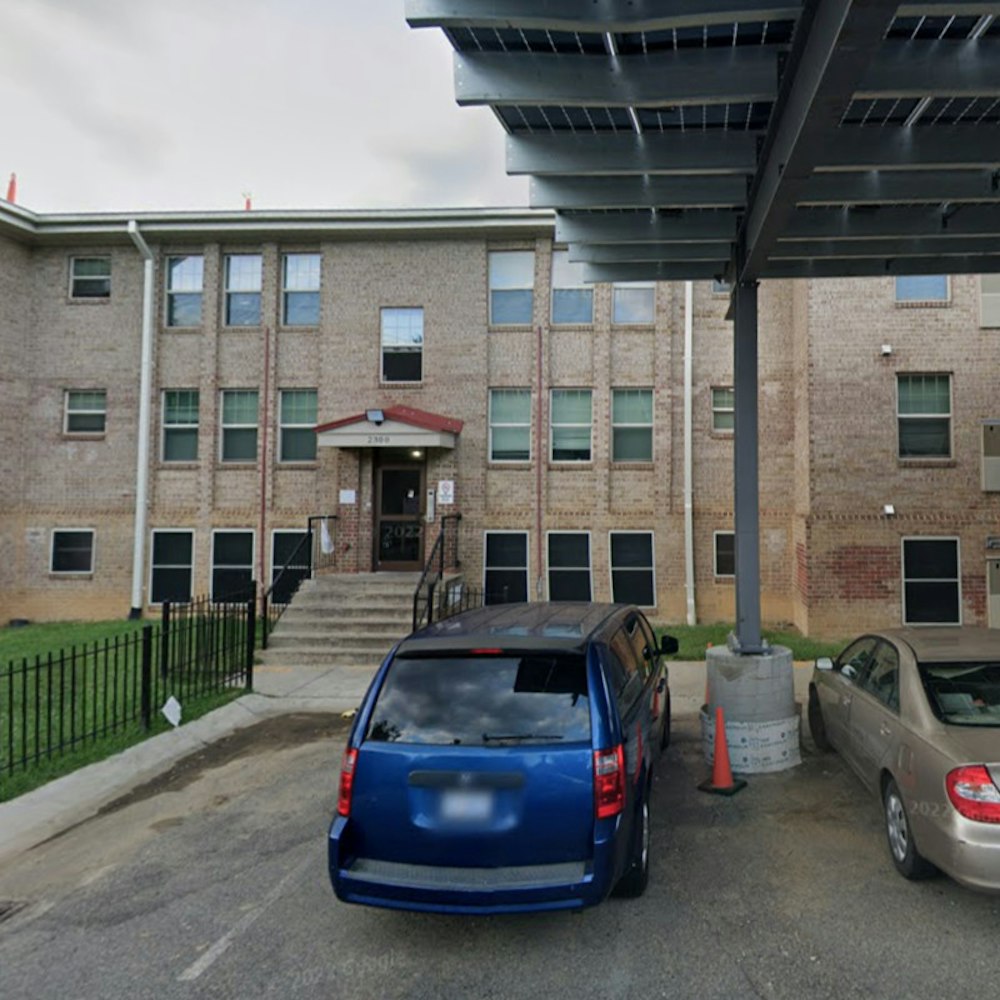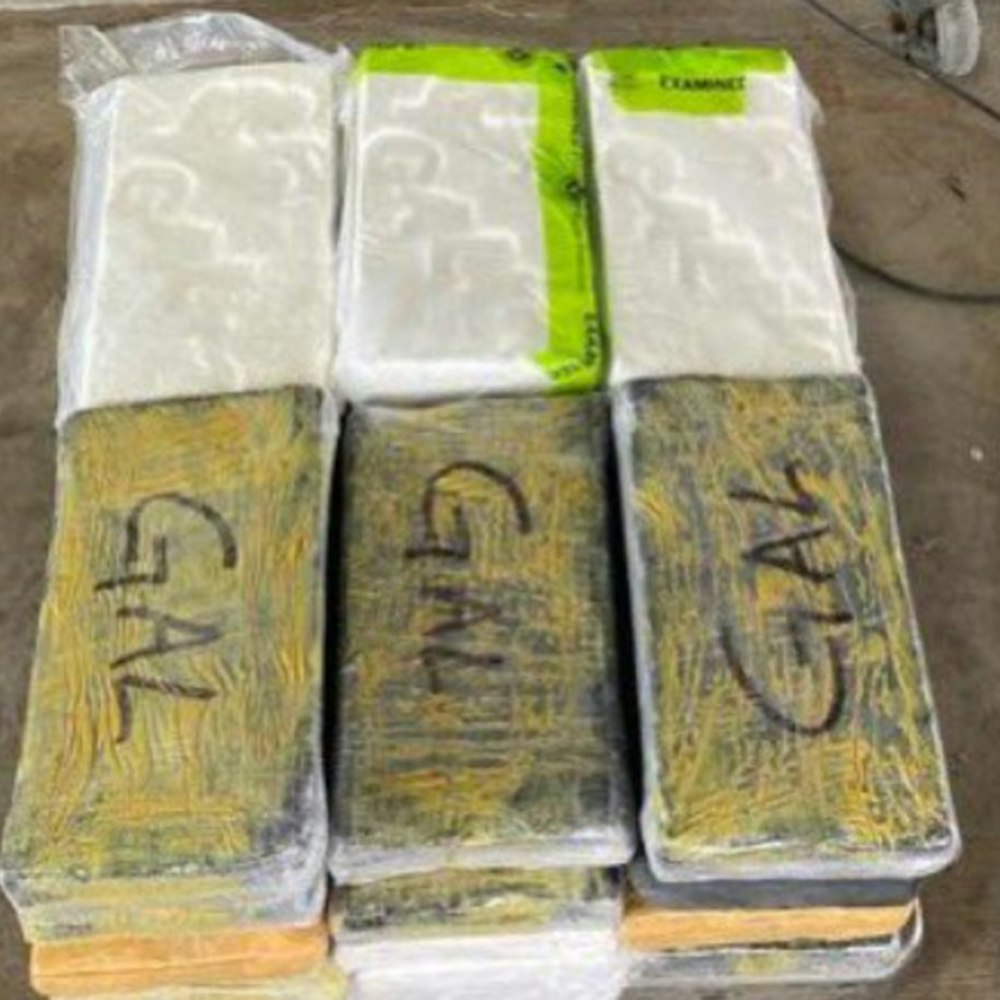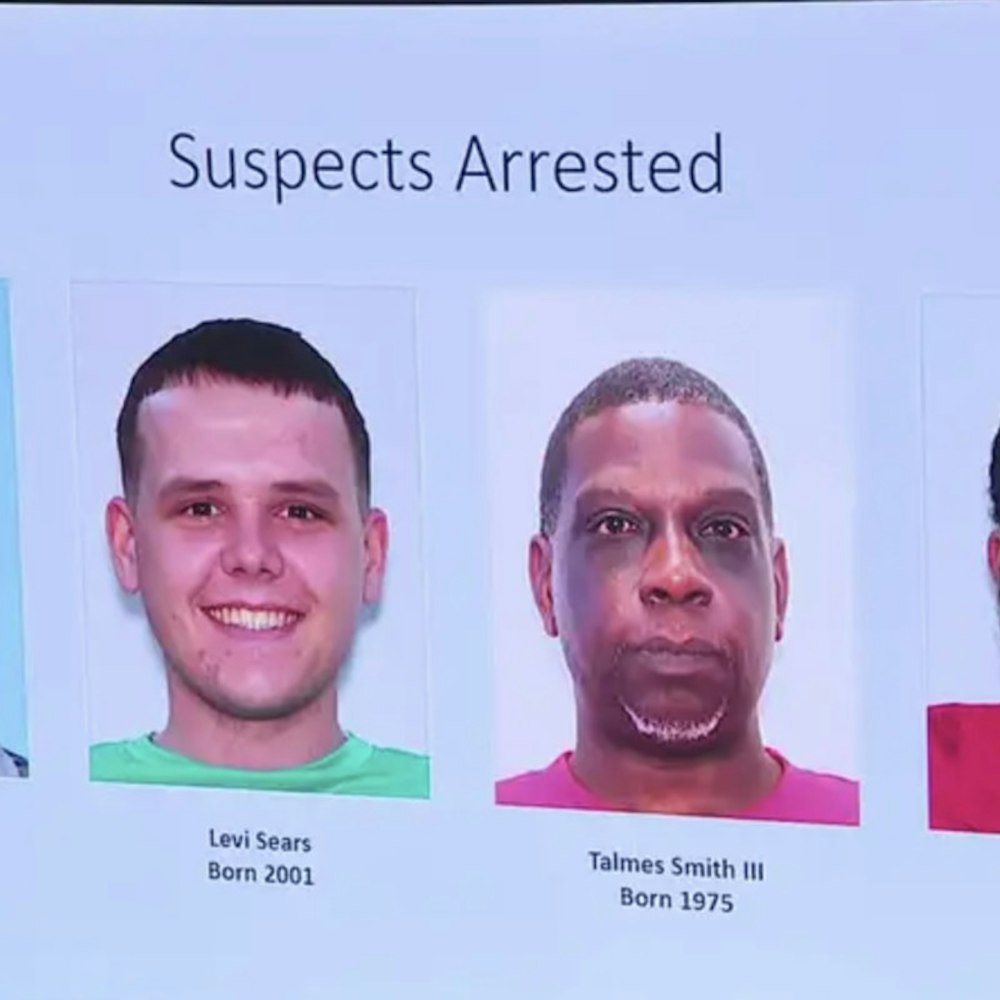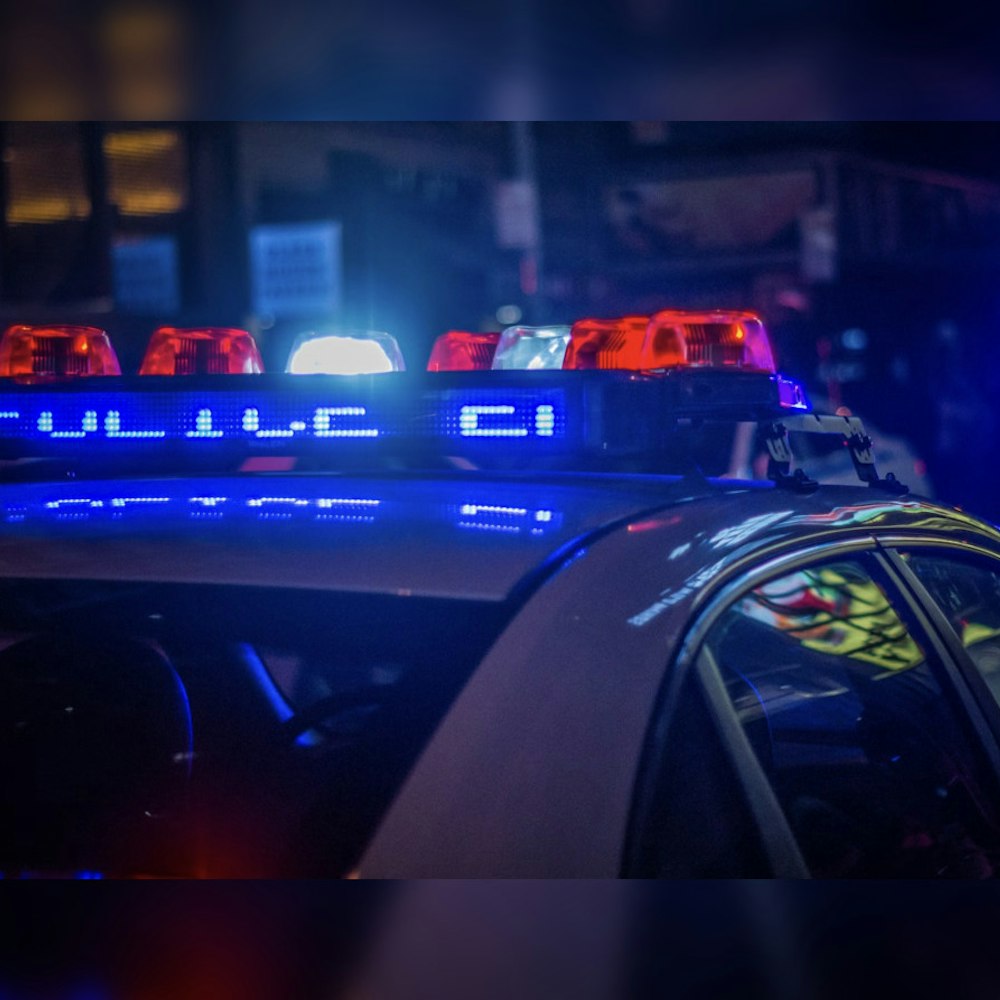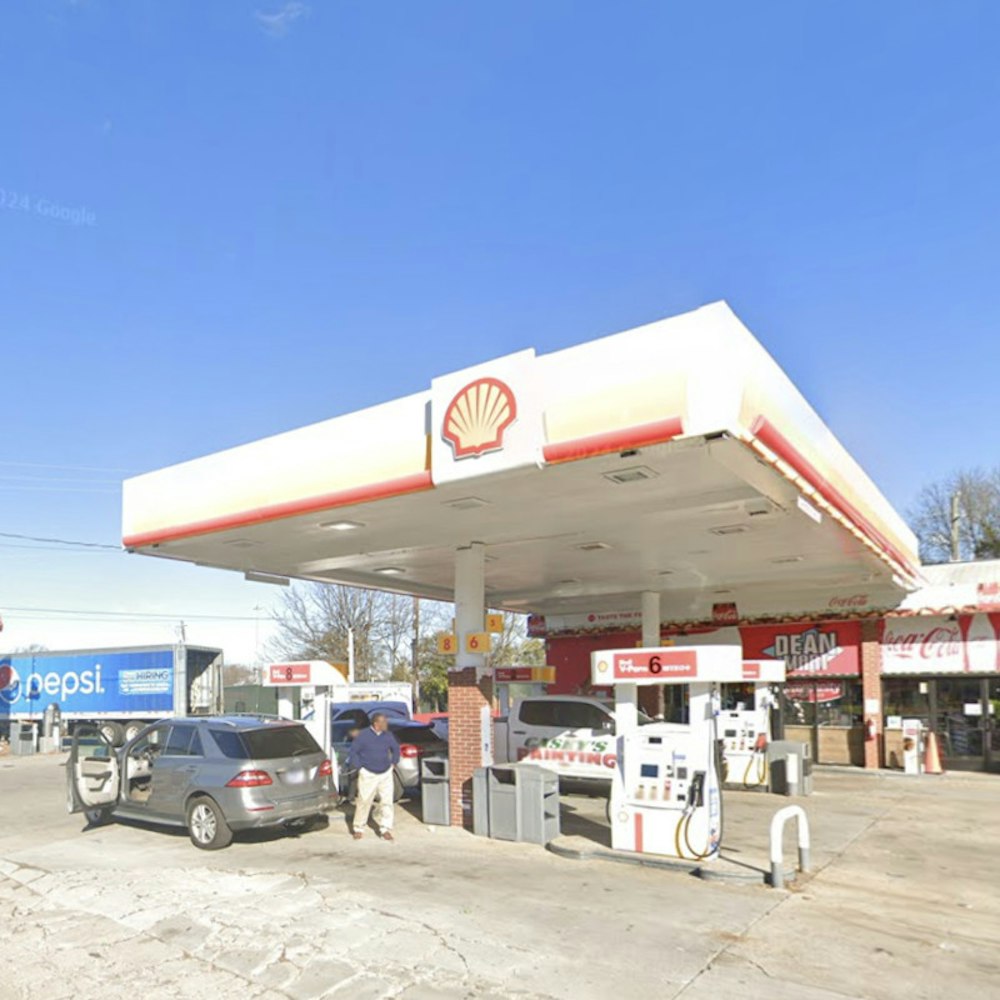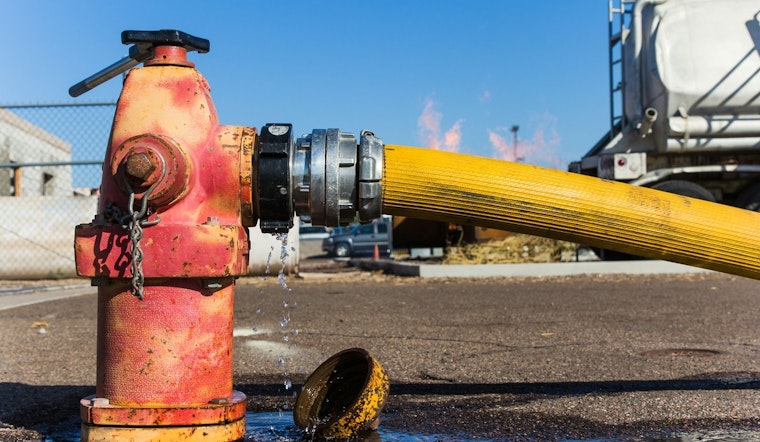
Seattle residents may notice a temporary change in their water following necessary city-wide fire hydrant inspections. Conducted by the Seattle Fire Department (SFD), the routine check-ups of 19,000 hydrants ensure their reliability in emergencies. According to Fireline Seattle, these inspections are critical in confirming the hydrants' readiness to combat blazes and safeguard properties.
The folks at SPU have seen it all before and want locals to understand that any discoloration is not harmful. It's an expected side effect when flushing alters the water flow, stirring up internal pipe rust and sediment. If your water turns a murky shade, SPU advises an easy fix: run the cold tap for a few minutes to see if it clears up. Persistent issues should be reported to their operations center, electioneering to resolve resident concerns swiftly.
Seattle Public Utilities (SPU) and the SFD operate in tandem to lessen the side effects of these vital inspections. Precautions are taken to minimize disruption, as firefighters notify SPU's 24/7 Operations Response Center before they let the water flow. Nevertheless, the nature of first responders' duties often means schedules for hydrant checks are subject to change. Fire crews could be called away to emergencies, resulting in inspections being rescheduled. Residents are given heads-up where possible, but the unpredictable nature of firefighting means some notices may come on short notice.
With 19,000 hydrants dotting the city and managed by 33 fire stations, setting a fixed timetable for inspections is a stretch. SFD aims for once-a-year checks within their jurisdictions, focusing on non-freezing daylight hours to execute the task. While Seattle folk can't be notified ahead of every inspection due to logistical constraints, they're encouraged to participate in safeguarding the community's safety infrastructure by reporting any unusual water conditions that may arise after an inspection.
